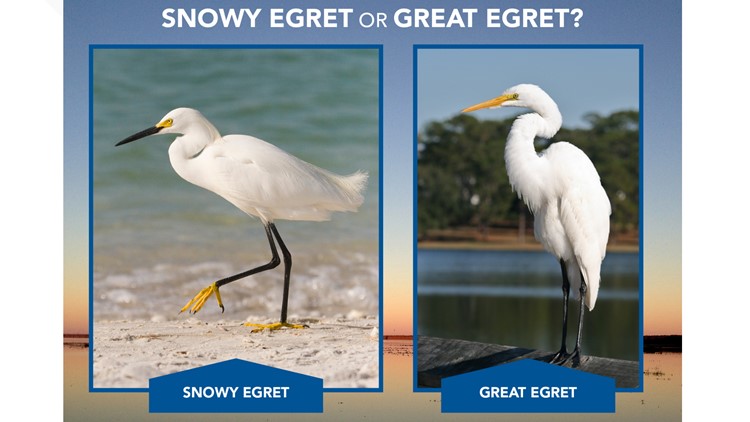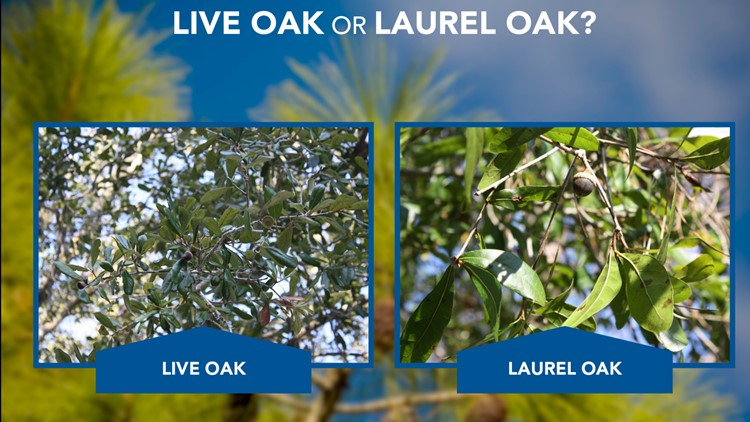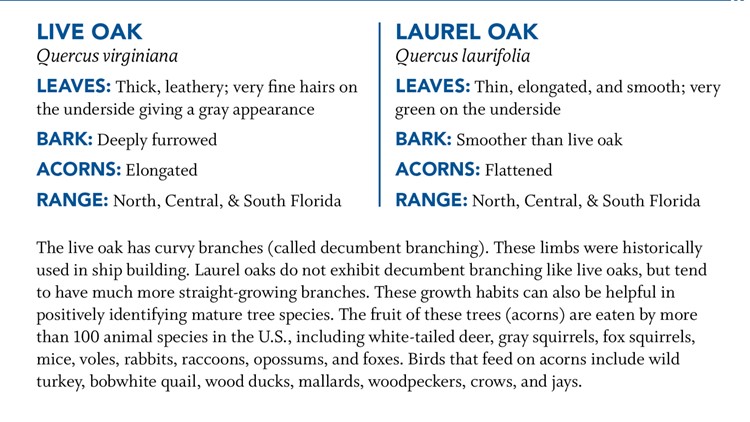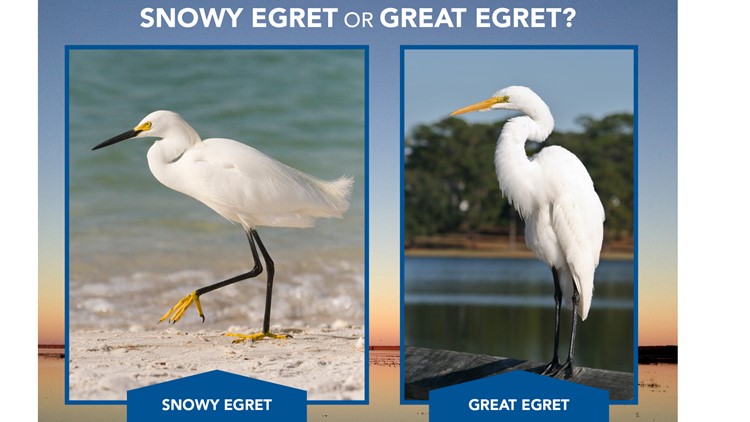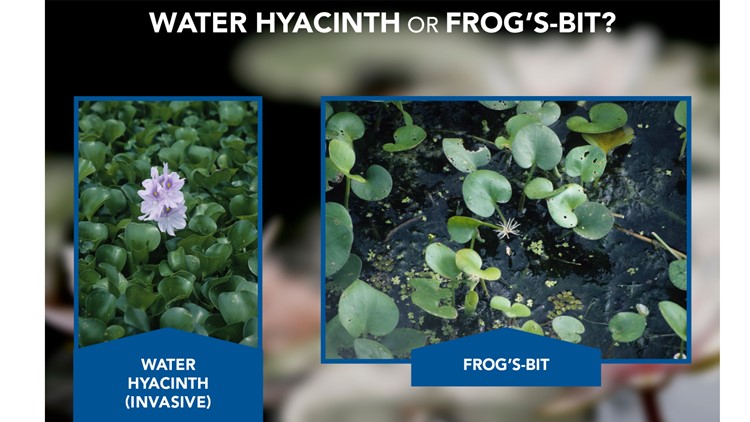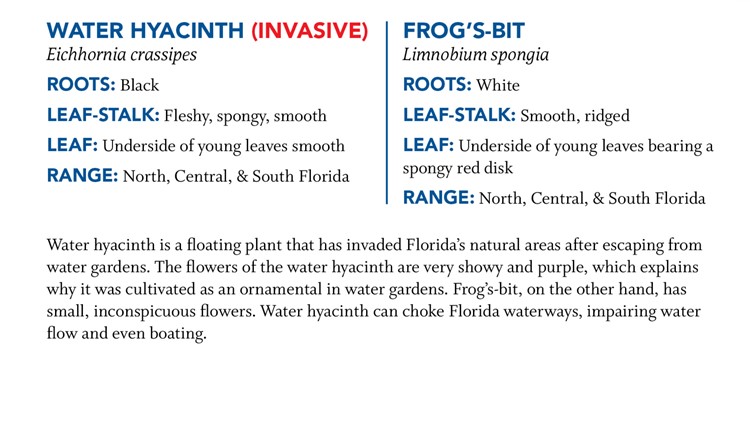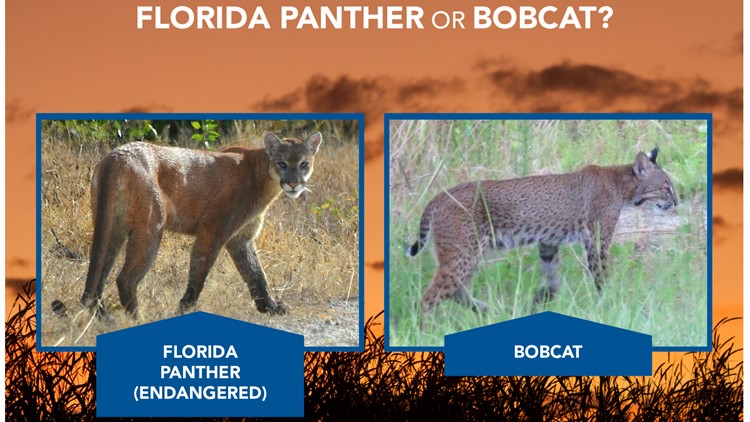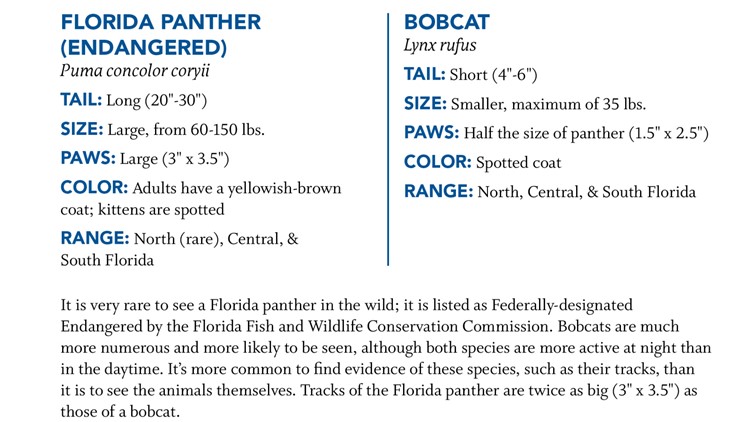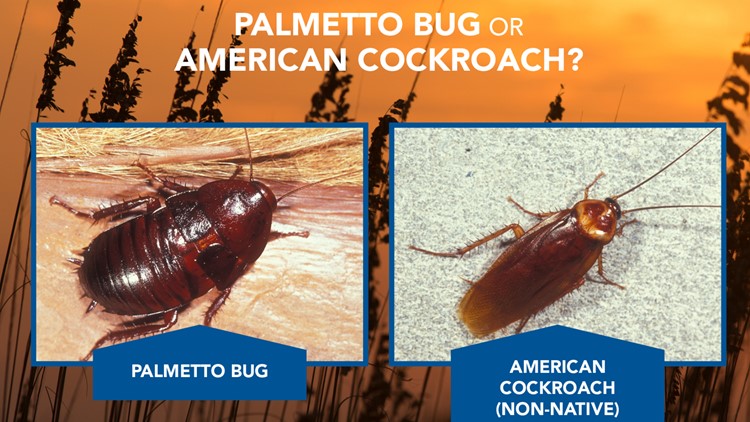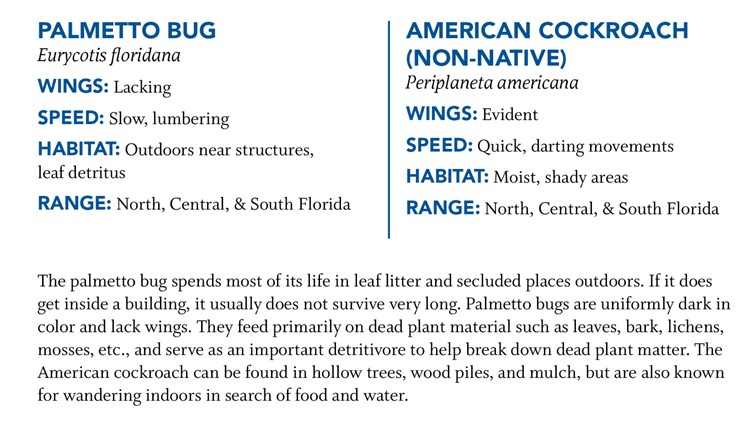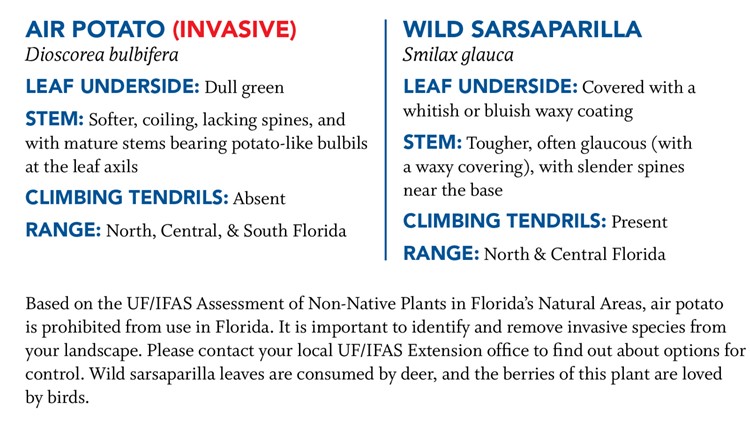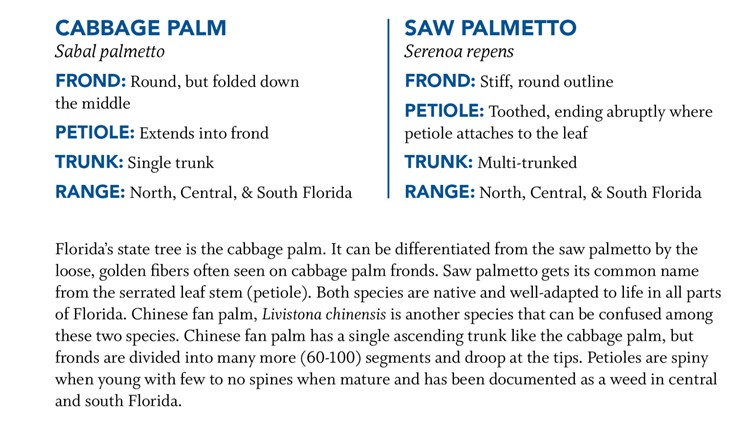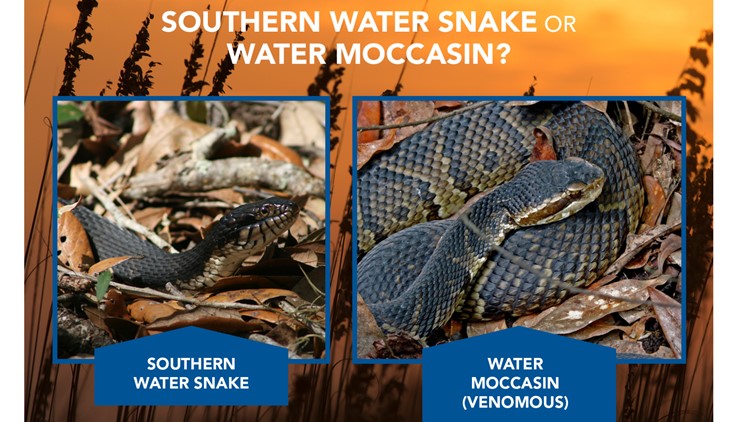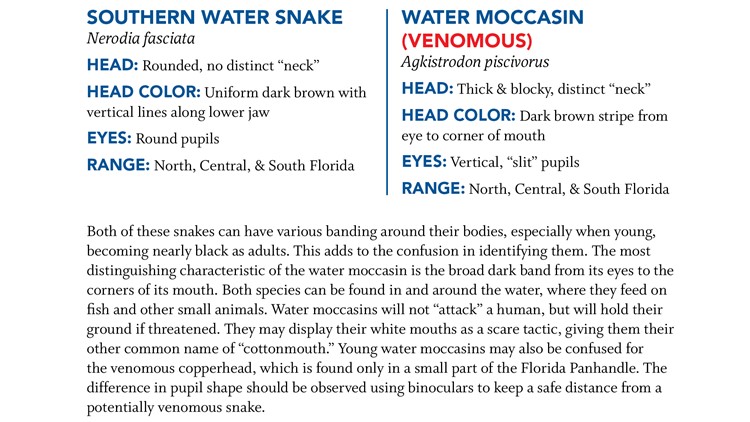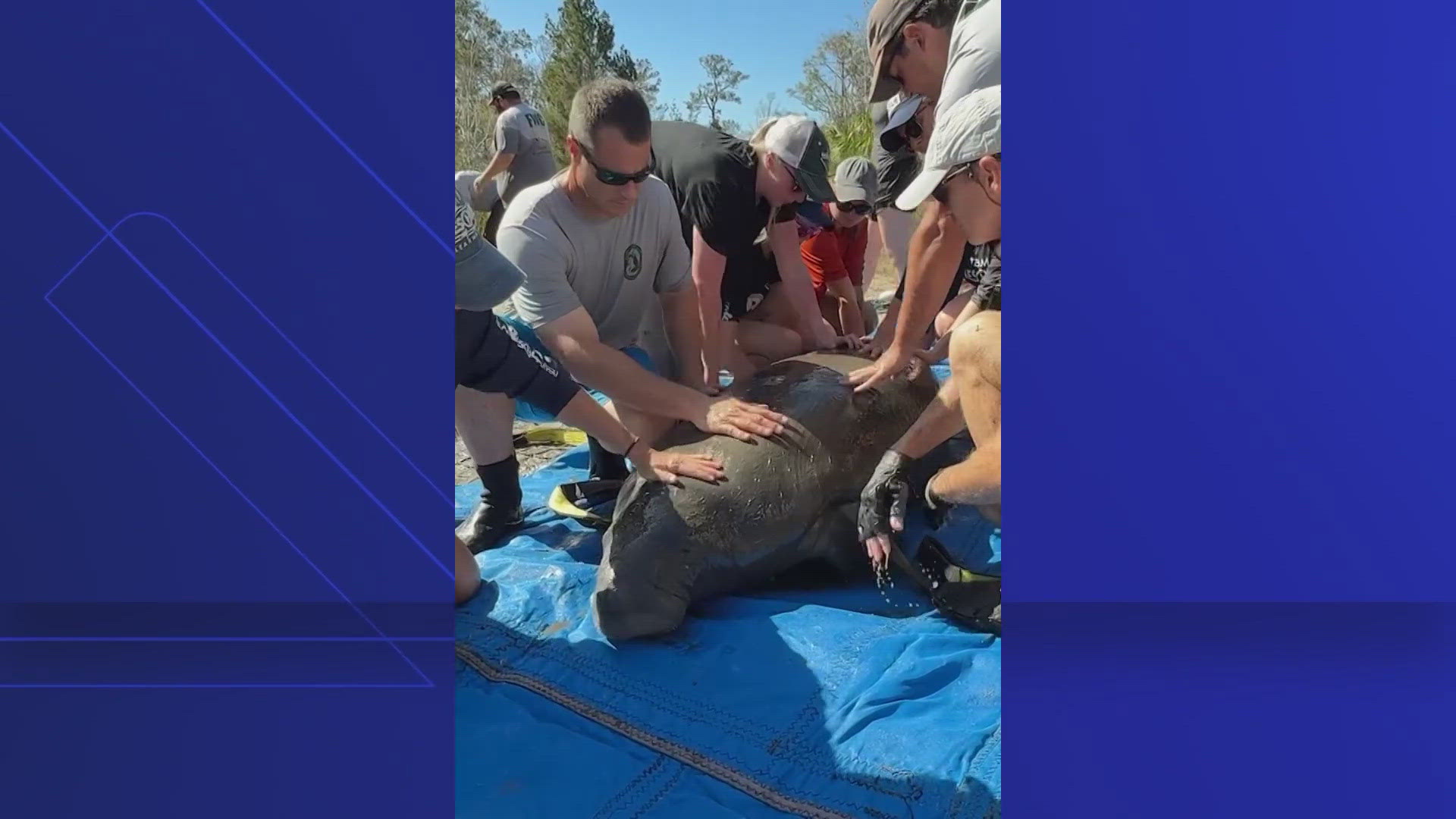TAMPA, Fla. — If you’re one of the 150 families that moved to the Tampa Bay area within the last day, you’ve probably spotted several species of nature that you never have seen before.
With more than 700 animals and insects living in the state of Florida, new residents usually head to social media groups to ask longtime Floridians, “what type of bug, or amphibian is this?”
To make it easier to categorize the different type of animals that might cross your path, the University of Florida published an identification guide titled, "This or That? A Beginner’s Guide to Commonly Misidentified Plants & Animals in Florida."
Top 10 misidentified Florida animals, plants and insects
“This is a great field guide to help beginner naturalists know what they are seeing when they are out in nature,” said Lara Milligan, a natural resources agent in Pinellas County with the UF Institute of Food and Agricultural Sciences Extension.
The guide also informs readers which animals, insects and plants are native, invasive and endangered, said Milligan, who is one of the authors of the book.
“The first step to dealing with an invasive species is being able to identify it, so this is a tool people can use to determine if they are seeing something that’s a problem,” Milligan said. “The same is true for threatened and endangered species, such as the American crocodile or Florida panther—when people report sightings, that helps wildlife managers conserve those species.”

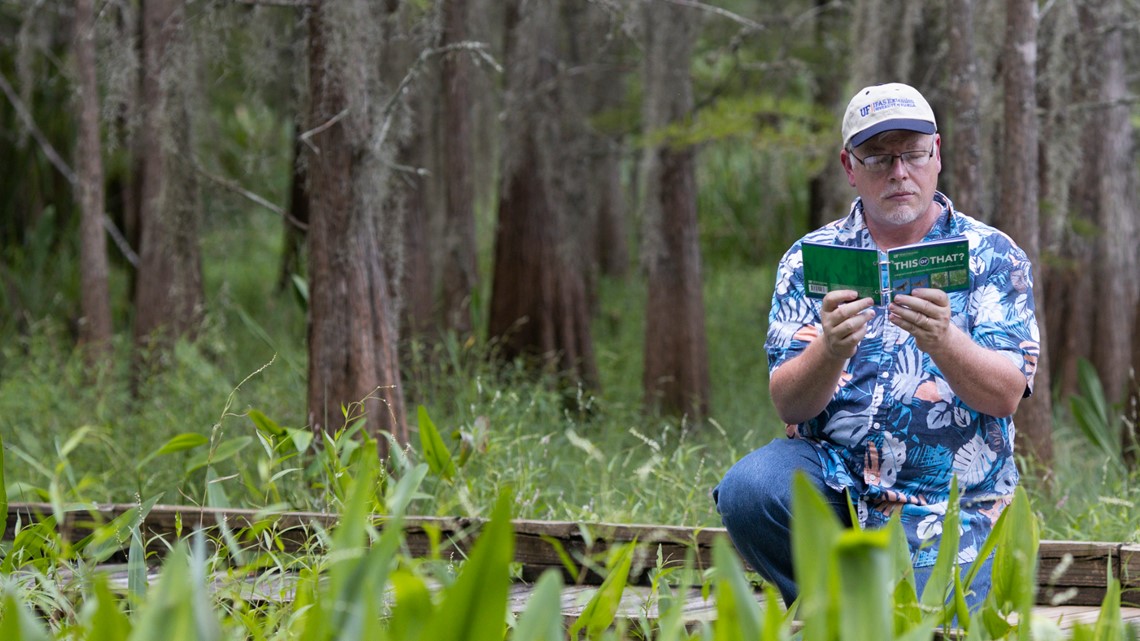
UF/IFAS came up with the idea to publish the guide after working with volunteers in local parks and nature preserves, said James Stevenson, another one of the publication’s authors and a program assistant with UF/IFAS Extension Pinellas County.
“Volunteers were trying to help visitors identify certain species, and they came to us when they were having trouble telling easily confused species apart,” Stevenson said.
The book includes close to 100 pictures of misidentified animals, plants and insects. The species are paired with its lookalike and a description explains how each feature is different.
“Once you know what to look for, it makes it much easier to tell the species apart,” Milligan said.
The ID deck can also help users distinguish venomous species from their harmless look-alikes.
“Some might think that any snake you see near water is a water moccasin, but it could be a southern water snake, which isn’t venomous,” Stevenson said. “Of course, you never want to intentionally disturb a snake or any other wildlife, so it’s always best to observe at a safe distance—if you don’t bother them, they won’t bother you.”
"This or That? A Beginner’s Guide to Commonly Misidentified Plants & Animals in Florida" is available through the UF/IFAS Extension bookstore at ifasbooks.com or call 352-392-1764.
►Make it easy to keep up-to-date with more stories like this. Download the 10News app now.
Have a news tip? Email desk@wtsp.com, or visit our Facebook page or Twitter feed.


